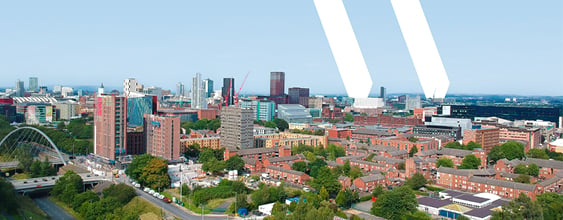The world of buildings is becoming as much about data as it is about physical materials. As humanity battles to halt climate change and find new ways to exist without further damaging the environment, we must find better ways to manage energy consumption. Technology can help us make buildings and cities more intelligent and more efficient — but only if we can actually use the digital information that it generates.
This is at the beating heart of the net-zero challenge. Even with all of the data in the world, without effective ways to manage and understand it we will be unable to apply it to deliver any form of real-world impact.
Data collection can be considered somewhat of a solved problem in buildings, at least as far as technology is concerned. Most buildings are not yet equipped with a vast array of sensors, but there is already a wide range of wireless and wired devices at every price point. Whatever physical characteristic is of interest, there is likely a sensor available to measure it, at a steadily declining cost — driving an explosion in internet of things (IoT) applications.
But this only represents the first of three stages that building designers and operators need to pass through in order to get to the point of actually delivering operational benefits. The next is to manage that data in a way that makes it easy to access and to analyze, and the final — crucial — step is to understand what the data is telling us and use this insight to inform better decisions, either through manual intervention or automation.
Why does it matter how we manage building data? Compare it to poor labelling and formatting in a spreadsheet. Without consistent column and row headers or contextual information, the value and usability of the data contained within that spreadsheet becomes extremely limited. Similarly, poorly managed building information is liable to be under-used or, worse, not used at all. It will be expensive and time-consuming to analyze, and very difficult to scale, to reuse or to apply in new situations in the future — posing a challenge to future smart cities.















